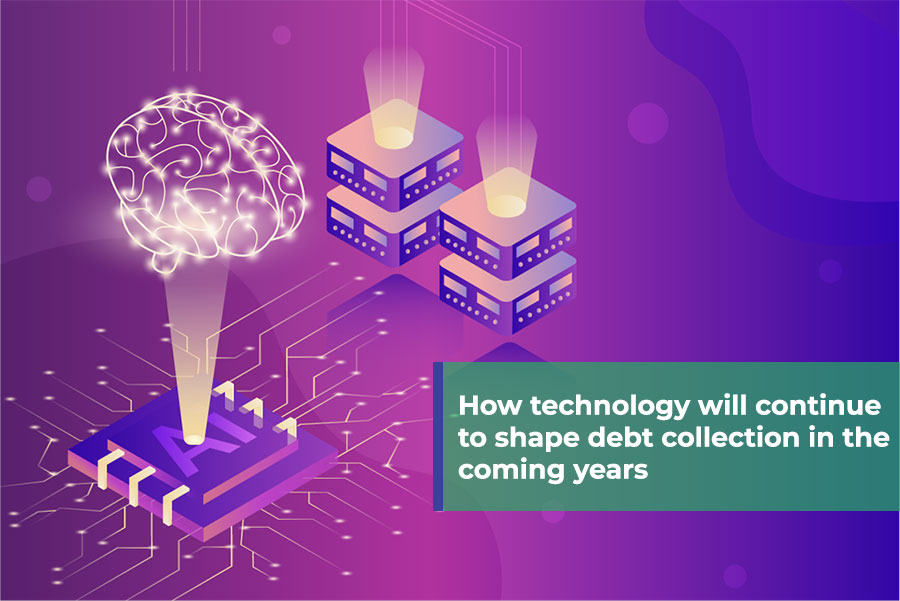There’s no denying that technology has disrupted our lives with full force in a powerful and relevant way. Whilst all the industries have been fast catching up with the technology pace, the debt collections industry is one that is constantly evolving with the new technology-driven systems in order to bring more customer-centric and business flourishing models. We know that 95% of the population currently in the USA and UK is using a phone or connected digitally to the outside world in some or other ways. This 95% are significantly consisting of debt payers who prefer digital mode of payments and are totally aware of the ways they could possibly be harmed if their debt is not paid on time.
But having said that, there’s still a long road to take for the debt collection and management companies due to the changing preferences of their customers and the different modes and types of debt involved. It might be true to say that the implementation of the latest technology and workflows has not even been leveraged by 72% of the industry while the remaining 28% is still figuring out this paradigm shift. So what does this technology-driven shift looks like? Well, it all boils down to making the systems more simplified and streamlined to be able to collect more revenue in lesser time whilst also building a close community of happy clients worldwide.
Looking at the poor success rate of those alienated traditional phone calling systems and sending the endless warning emails to the inbox, it has become imperative to bring in a system that’s more app-based and web-based, something that aligns with their traditional central systems and allows customers to get in touch through a multi-channel approach. It has to become a service that’s 24/7 and provides utter convenience to the debtors and the lenders both. What steals the show here is the customer data that will help to integrate all these processes and catalysis prediction analyses. Predictive analysis using artificial intelligence and machine learning is the future. It helps to identify and segregate accounts on the basis of the high and medium risks involved, thereby, reducing the frequency of call rates and the manpower involved. Contacting the customer at their own feasible hours to collect a debt and establishing an ecosystem that does just that, can only be achieved by adopting the new trends in technology and bringing a more relatable face to the business.

